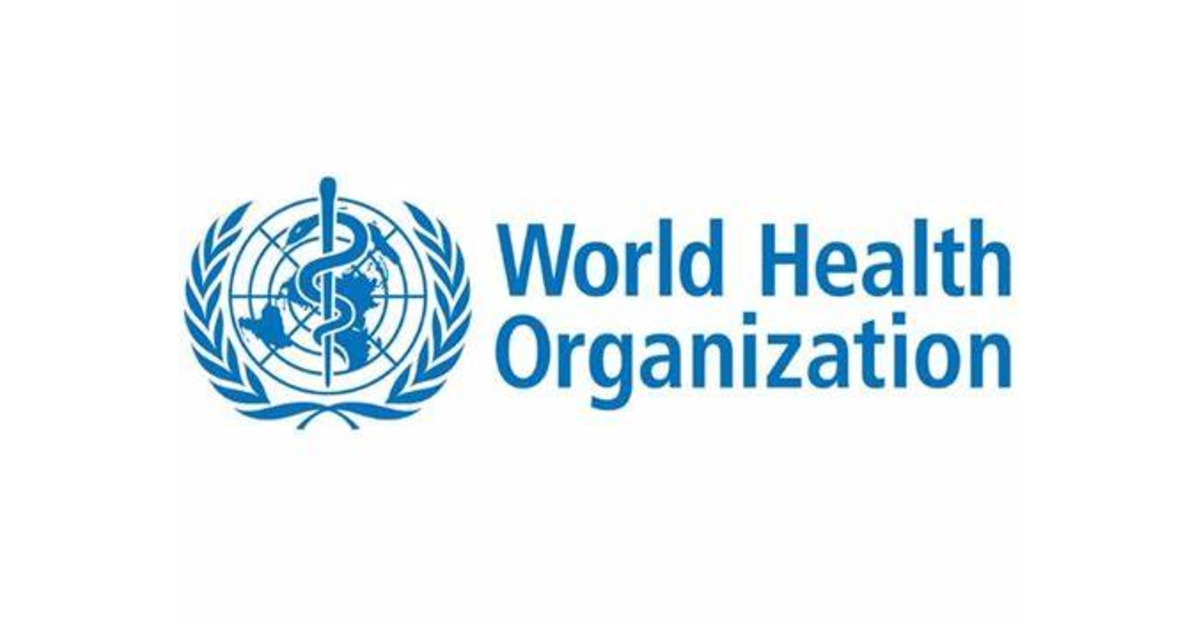In a crucial step towards addressing the global burden of mental, neurological, and substance use (MNS) disorders, the World Health Organization (WHO) has unveiled the third edition of the Mental Health Gap Action Programme (MHGAP) guideline.
Released on November 20, 2023, the updated guideline offers new and refined recommendations for the treatment and care of individuals grappling with MNS conditions.
The Significance of MHGAP
MNS disorders, recognized as significant contributors to morbidity and premature mortality worldwide, have posed a challenge, with over 75% of affected individuals lacking access to necessary treatment and care.
The MHGAP guideline, now in its third edition, plays a pivotal role in empowering countries to enhance their capacity to tackle the escalating burden of these conditions.
Targeted at healthcare professionals working in non-specialist settings at the primary health care level, as well as health planners and managers, the guideline aims to bridge the treatment gap.
Dévora Kestel, WHO Director for Mental Health and Substance Use, emphasizes the enduring importance of mhGAP, stating, “For 15 years, mhGAP has played a vital role in improving access to evidence-based psychological interventions and medicines for the treatment and care of people with mental, neurological and substance use disorders.”
Key Updates in the 2023 Guideline
The 2023 guideline update brings forth 30 updated and 18 new recommendations related to MNS conditions, complementing the existing 90 recommendations. Among the notable inclusions is a new module specifically addressing anxiety disorders, reflecting the prevalence of anxiety-related conditions globally.
New Recommendations on Anxiety Disorders
The anxiety module introduces recommendations advocating:
1. Offering psychological interventions based on cognitive behavioral therapy (CBT) to adults with generalized anxiety disorder and/or panic disorder, with flexibility in delivery formats.
2. Considering stress management techniques for adults with generalized anxiety and/or panic disorder.
3. Considering Selective Serotonin Reuptake Inhibitors (SSRIs) for treating adults with generalized anxiety and/or panic disorder.
The guideline underscores the ongoing significance of psychological treatments for various MNS conditions. New recommendations cover psychosocial interventions for caregivers of individuals with psychosis or bipolar disorder, as well as interventions for psychosis, alcohol dependence, substance use, dementia, and neurodevelopmental disorders in children and adolescents.
A significant addition is a cautionary note on the use of valproic acid (sodium valproate), a medication for epilepsy and bipolar disorder. The guideline strongly advises against prescribing valproic acid to women and girls planning pregnancy or who may become pregnant due to the associated high risk of birth defects.
For those currently prescribed valproic acid, effective contraception is recommended, and consultation with a physician is emphasized to explore alternative treatments.
The WHO’s mhGAP guideline, initially published in 2010 and last updated in 2015, has become a cornerstone in mental health initiatives globally. Available in over 20 languages and utilized in more than 100 countries, the guideline aligns with international standards for evidence-based guidelines.
This latest update follows a meticulous process adhering to WHO guidelines for development, ensuring a thorough evaluation of evidence, and addressing critical questions and outcomes identified by the Guideline Development Group.
The updated MHGAP guideline stands as a beacon, offering evidence-based recommendations to guide healthcare professionals, planners, and managers. The emphasis on new modules, cautionary advisories, and updated interventions reflects the WHO’s commitment to ensuring comprehensive and informed strategies in the pursuit of mental health and well-being globally.
The guideline provides a roadmap for countries to enhance their capabilities and deliver effective care to individuals affected by MNS disorders, thus fostering a healthier and more resilient global community.








Leave a Reply
You must be logged in to post a comment.